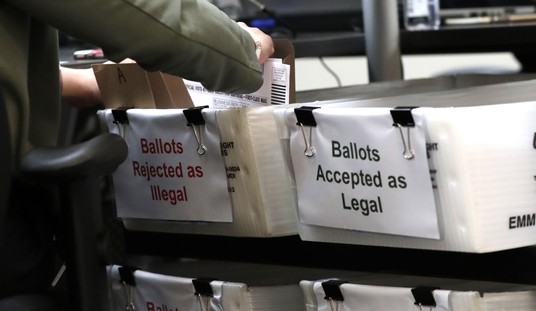Over the past year, a lot of people have been talking about “the 1%” versus “the 99%.” But if you’re concerned about one class exploiting another for economic gain, that’s the wrong way to look at the problem.
See an EAGnews.org exclusive animation explaining the situation here.
The protesters are right about one thing: there are gross class inequities in America.
There is one class that works more hours per day, more days per year, for more years of their lives. They have less job security, they pay more for health coverage, and their retirements are not guaranteed. Their incomes are determined by their performance, limited by economic reality, and tied to the fortunes of their employers. This is the private-sector producer class.
Part of what private-sector workers produce is taken for the benefit of another class, the government class.
The government class plays by a different set of rules, dictated by unions and implemented by the politicians they help elect. For government union members, income is not determined by job performance, but by how many years they’ve managed to stick around. They’ll work fewer hours, get more vacation time, and make more money than their producer class colleagues.
They’ll get better health coverage, and it’ll cost them less. The government class will retire at an earlier age and with a pension providing a guaranteed income, something fewer than 1 in 10 producer-class workers enjoy.
In Wisconsin, the government class makes up 14% of the population, exploiting the other 86%, the producer class.
Recommended
The average Wisconsin state employee makes about $70,000 annually in salary and benefits, while the private-sector workers whose taxes pay for it earn about $15,000-a-year less. Talk about income disparity!
The government class is powerful because government employees are members of unions that contribute heavily to political campaigns. And in Wisconsin, no single group funnels more money into politics than teachers unions.
As the producer class struggled with a sluggish economy, Milwaukee public school teachers were rewarded for their political support by getting a 5% pay increase for the current school year.
Compared to the producer class, Milwaukee’s teachers are getting a pretty sweet deal. When school is in session, teachers work almost 4 hours less each week than the standard private sector employee does. And instead of getting the usual two weeks off each year, Milwaukee teachers enjoy nearly 14 weeks vacation. All told, the typical producer-class employee works well over 600 hours a year more than the typical government school employee.
You would think with this workload, total compensation for government teachers would be a lot less than for private-sector workers. But when you add salary, retirement and health benefits, a first-year teacher’s total compensation is almost $56 per contracted hour worked. For a fifth-year teacher, it’s over $60 an hour. A tenth year teacher, more than $66 an hour. And teachers can retire sooner, too, at age 57.
If that sounds generous to you, you’re not alone. Producer-class workers earn less than $735 a week. For a typical 40-hour week, that works out to just over $18 an hour.
Of course, there’s a cost to all this generosity. If you’re in the producer class, you’re working harder than ever to pay for it all. And yet, mobs of government workers have besieged the capital for months, complaining that you’re not working hard enough, that you need to pay even more.
Government employees make up a small sliver of Wisconsin’s workforce, just 14%, and it’s time they stopped pushing the other 86% of us around.
Next time you see government employees demanding that you sacrifice even more for them, remind them that a public servant is supposed to serve the public, not turn the public into their servants.
























Join the conversation as a VIP Member